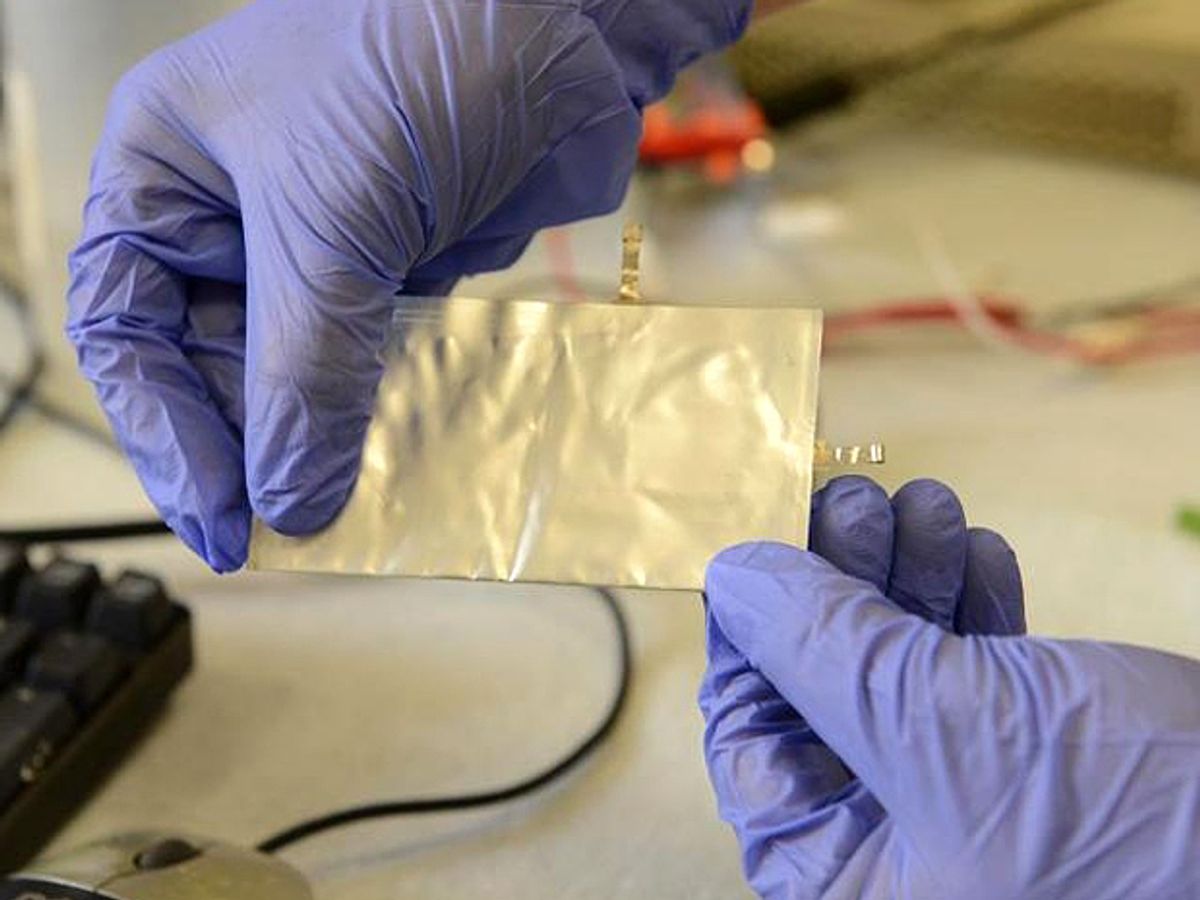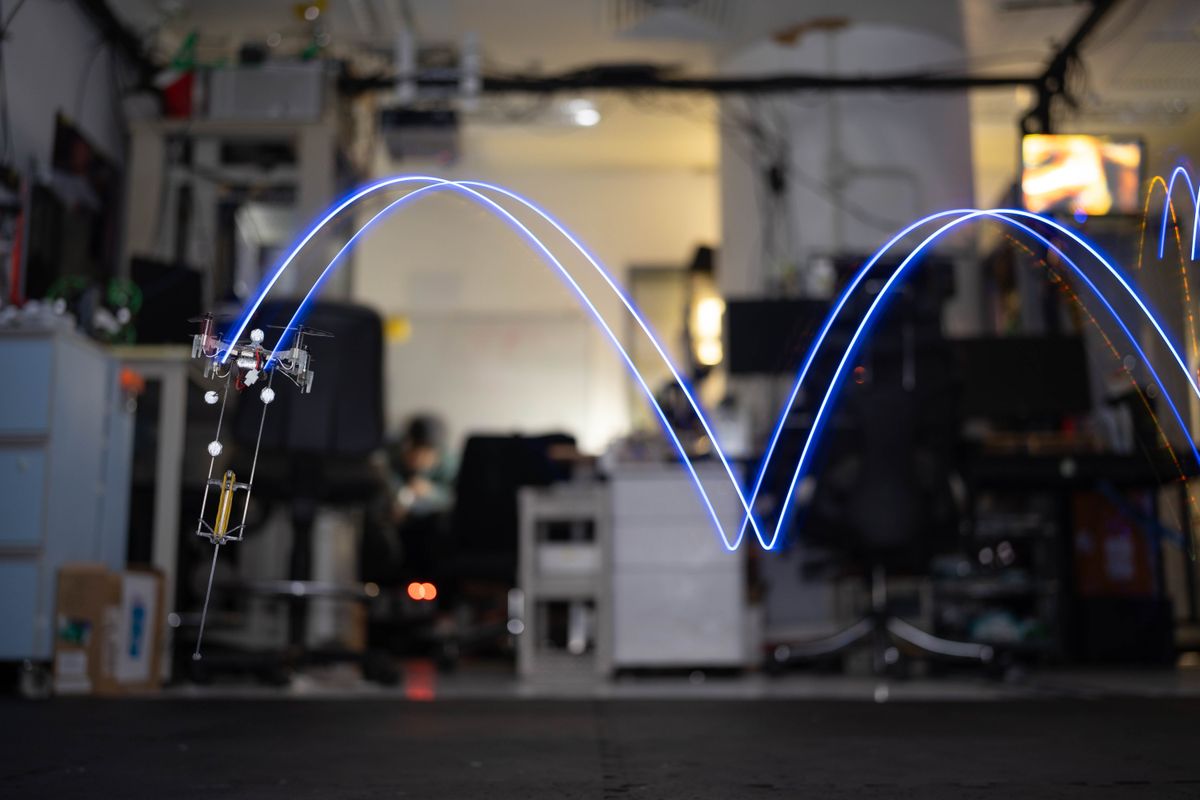A new kind of flexible aluminum-ion battery holds as much energy as lead-acid and nickel metal hydride batteries but recharges in a minute. The battery also boasts a much longer cycle life than today’s battery technologies.
The battery’s low cost, long cycle life and stability are appealing for grid-scale storage, says Hongjie Dai, a professor of chemistry at Stanford University. The technology could also be developed to power wearable devices. Dai and his colleagues reported the details regarding the new device in the journal Nature.
Aluminum-ion batteries are an attractive alternative to lithium-ion batteries for a few reasons. For one, aluminum is abundant and hence cheap. It is less reactive, which would mean safer, less-flammable batteries. In a video, the researchers drill into the batteries and they continue working for a while without catching fire. For the same reasons, many teams are also working on alternatives to lithium batteries that feature potassium, sodium and manganese.
Delving into chemistry, aluminum has three valence electrons compared to lithium’s one. So charge-discharge reactions transfer three electrons per atom, which means an aluminum battery could pack almost three times as much energy as its lithium-ion counterpart, and in a smaller, lighter package.
But scientists have been trying, unsuccessfully, for over three decades to develop an effective aluminum-ion battery chemistry. Most designs have used solid aluminum anodes, aluminum-containing ionic liquid electrolytes, and various cathode materials such as manganese oxide, vanadium nanowires and doped polymers.
The best of these systems have low discharge voltages, cycle lives shorter than 100 cycles, and large decays in energy-storage capacity. Their cathode materials also quickly disintegrate.
Dai and his colleagues say they have found a cathode that works much better than ones used before. The cathode is a flexible 3-D graphite foam, a highly porous and lightweight spongelike carbon material that they made in their lab. The airy material can hold a large number of aluminum ions. The ions also move through the material quickly, enabling fast charge and discharge.
The researchers packed the graphite cathode along with a thin aluminum foil anode and an ionic liquid electrolyte in a flexible pouch.
The pouch cell could be charged at a current density of 5 amperes per gram in about a minute. It could be discharged over 34 minutes at a specific capacity of close to 70 milliampere-hours per gram.
The energy density of the battery (40 watt-hours per kilogram) is comparable to lead-acid and NiMH batteries. But it has a much more impressive cycle life than competing technologies; it lasted for up to 7,500 charge cycles without any loss in capacity. Typical lithium-ion batteries last for only about 1,000 cycles.
Further, the new battery has a power density of 3000 W/kg, very high relative to that of supercapacitors. What makes this a battery and not a supercapacitor, though, is that it has a voltage plateau. “Supercapacitors do not show voltage plateaus and the discharge voltage would decrease continuously,” Dai says.
The Stanford team is still working to refine the energy storage breakthroughs. While the electrodes are made of very cheap materials, the ionic liquid electrolyte will have to be replaced with a more cost-effective electrolyte to make the battery market competitive. The research team is also trying to increase the energy storage capacity of the graphite foam cathode.
Several companies are trying to license the technology from Stanford, Dai says.
Prachi Patel is a freelance journalist based in Pittsburgh. She writes about energy, biotechnology, materials science, nanotechnology, and computing.



